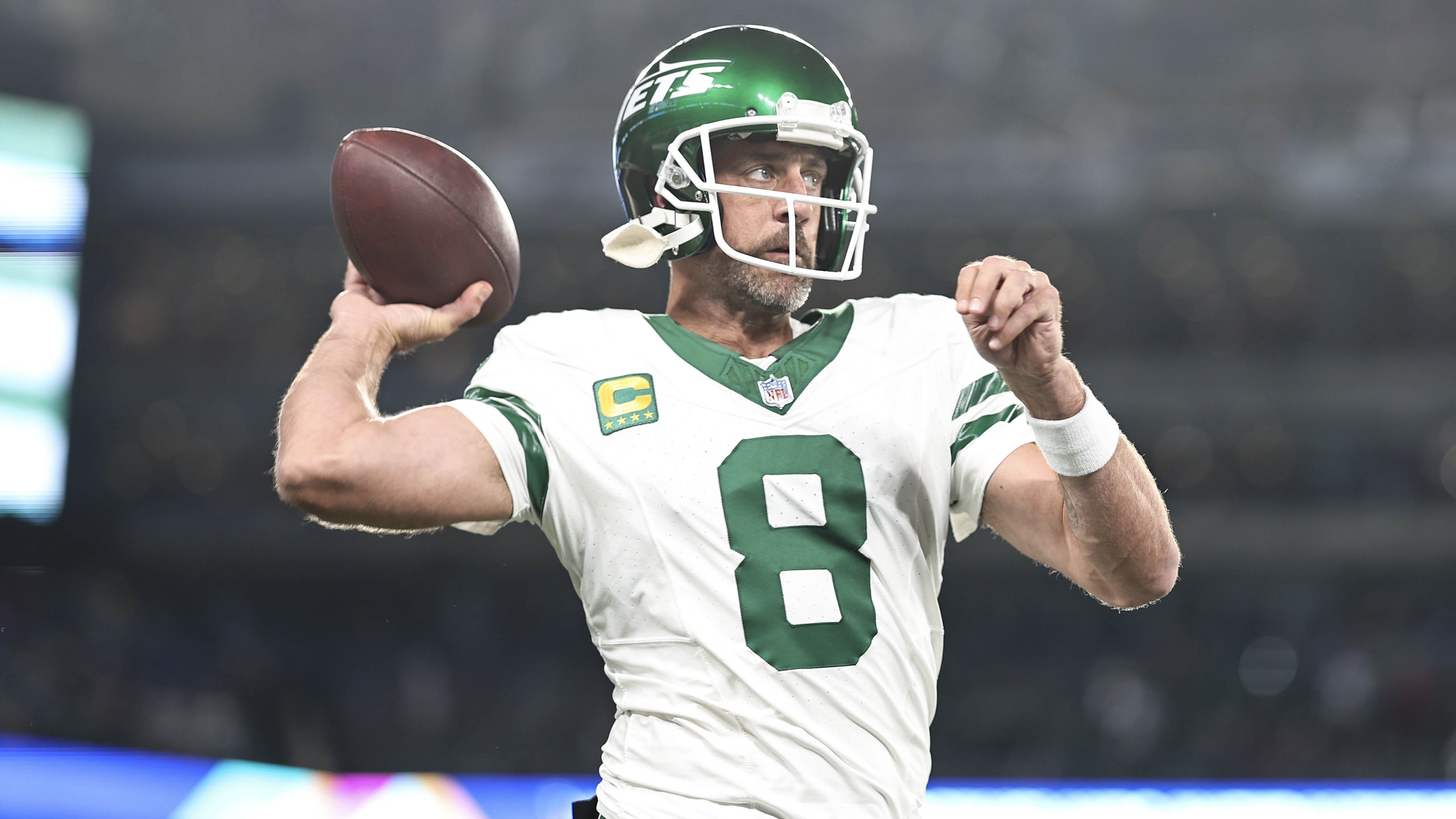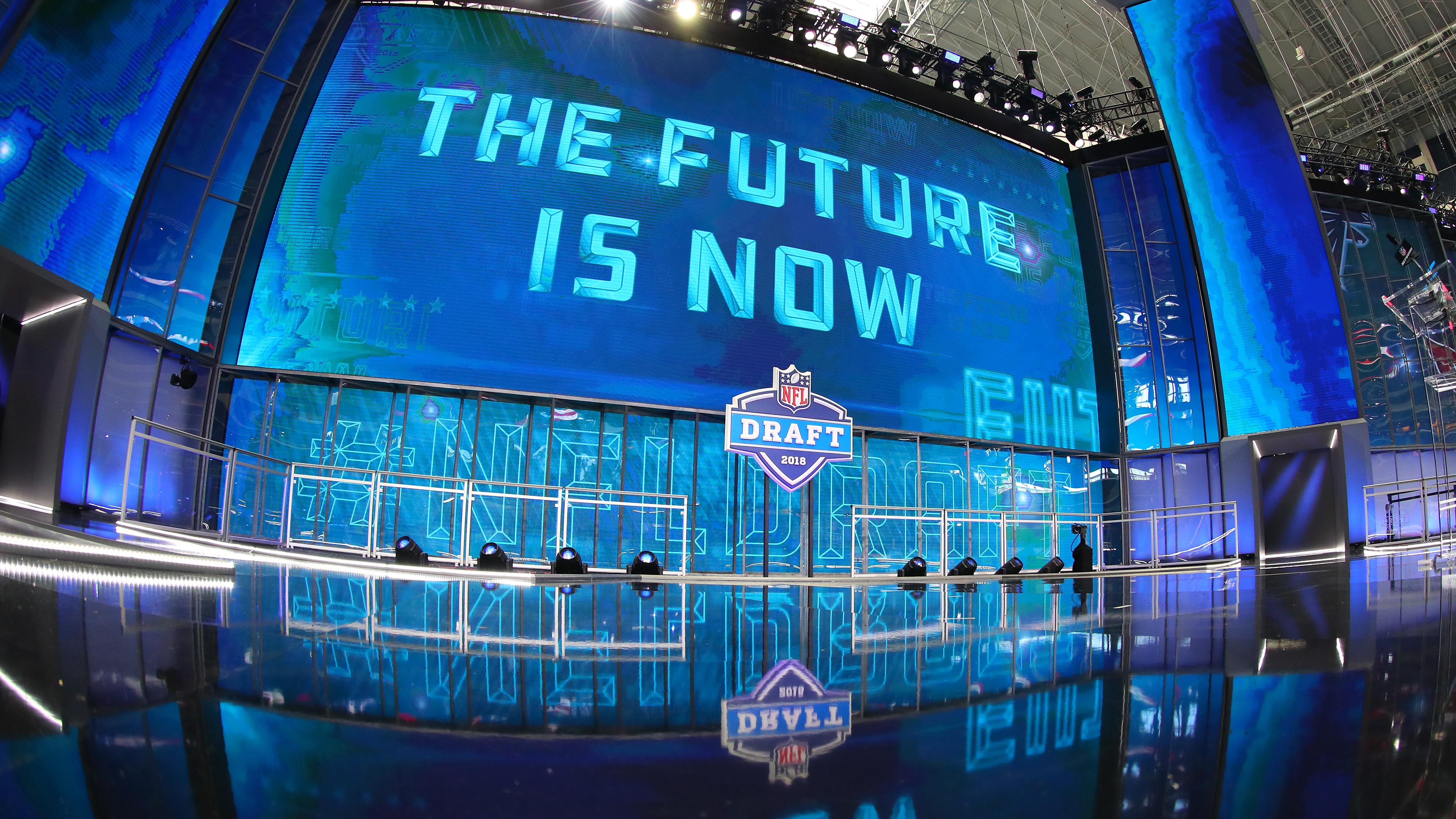If there is a singular indicator of the scope of skillset of Brian Urlacher spanning his 13-year Hall of Fame Bears career, it is perhaps that he was voted to four Pro Bowls while playing in one defensive scheme that kept blockers off of linebackers, and four Pro Bowls in an entirely different one that did anything but. Urlacher initially disliked the latter – the Cover-2 of Lovie Smith – but in the end it was the showcase that took him to the heights that culminated in his selection for induction into the Pro Football Hall of Fame.
And if the scheme ultimately brought out the best in Urlacher, he did the same for it. “Brian Urlacher changed the way you could play Cover-2,” said former Bears center Olin Kreutz.
It was a scheme that Urlacher and running mate Lance Briggs effectively customized with their play, leading to what amounted to changes in the playbook. Briggs recalled rookies being given the playbook but also that caveat that a few things weren’t done exactly the way the textbook showed them to be.
Stay in the game with the latest updates on your beloved Chicago sports teams! Sign up here for our All Access Daily newsletter.
“We could freelance a little bit, and Brian was a big part of allowing that,” Briggs told NBC Sports Chicago. “We could trust each other doing things even when maybe we weren’t supposed to do them. We each knew we would be there for each other and cover for each other. It allowed us to really play fast, and even to change the defense.
“We did things in blitz packages that really changed the defense, unique things from how they were done. We’d practice everything, sharpening that iron, and we weren’t going to out-trick you; we were going to out-play you.”
Urlacher was drafted in 2000 into the defensive scheme of coach Dick Jauron and coordinator Greg Blache. It was a system with massive defensive linemen (Phillip Daniels, Bryan Robinson, Keith Traylor, Ted Washington, Mike Wells) charged with controlling gaps on either side of an offensive linemen. Those space-eaters effectively allowed Urlacher to run free, posting as many as 214 tackles in 2002.
In 2004, Lovie Smith replaced Jauron and installed his Cover-2 scheme with its undersized, speed-based linemen (Alex Brown, Tommie Harris, Adewale Ogunleye). Smith’s system tasked linemen with responsibility for getting through a single gap, with linebackers similarly responsible for designated gap.
NFL
Urlacher had seen the Smith defense in operation and didn’t like it. Or at least what he thought it was.
“Initially Lovie’s scheme was the middle linebacker running [backwards] down the middle of the field every play,” Urlacher said. “Every play it felt like the middle linebacker was out of the play. If that was going to be the case, I wasn’t super excited.
“But they changed that right away. Lovie said, ‘We’re going to keep you on the line of scrimmage, we’re going to modify our defense,’ and we did. There were some plays where I went down the middle but it was really plays where I was taken there by a receiver or tight end. It wasn’t like I was just running out of the play.”
Smith laughs when told of Urlacher’s initial impression of what has been a time-honored system that is still functioning. Smith and coordinators Ron Rivera, Bob Babich and Rod Marinelli knew what Urlacher represented – a middle linebacker with the speed to position himself to both defend the run and also drop into coverage in passing situations, when MLB’s are routinely pulled in favor of an additional defensive back.
“There’s always been a little bit of a misconception about our defense,” Smith said. “The ‘Mike’ linebacker does run down the middle of the field, but only in certain circumstances. And if that’s all the Mike linebacker did, Brian definitely wouldn’t like playing in our system.
“But that was just a small part of what it did. The system is a linebacker-friendly system, and it could produce Hall of Fame linebackers, Mike linebackers and ‘Will’ [weak-side] linebackers. It was ideal for Derrick Brooks. It was ideal for Brian.”
Ironically, Smith was on the sideline, just not on the Bears’ side, when Urlacher made his debut at middle linebacker. Smith was Tampa Bay’s linebackers coach when the Buccaneers mauled the Bears 41-0 in week two of the 2000 season, and Smith remembered watching with great interest when Urlacher came off the bench. Smith and the Bucs had spent time scouting and meeting with Urlacher before the 2000 draft.
“When he came into the game, we were on the sideline watching,” Smith recalled. “I remember he made a great tackle on our sideline. Sometimes I’ll think back on that play, because you could see he was a great player, and of course the rest is history.”
Briggs and Urlacher effectively rewrote portions of the defensive playbook and concepts. Coaches created situations in practice without telling either of them, look for a certain reaction to the situations, and when Briggs and Urlacher reacted differently, that’s how it was entered into the playbook.
“We’d do something and they’d say, ‘OK, that’s how we’re going to write it up,’” Briggs said, laughing. “There was a lot of things in that playbook, from a base standpoint, that we had evolved so far. Coaches would tell rookies when they came in, ‘Look, the ‘base’ is not necessarily exactly how we’re going to play our base,’” Briggs said. “We evolved very far in that defense.”
The evolution was accelerated by Urlacher’s understanding of both opposing offenses and every assignment of every player in his own defense.
“He would never get credit for how smart a player he was,” Smith said. “Brian knew what every player – every player – was supposed to do. You talk about quarterbacks knowing everybody’s job. Well, Brian did all of that, and if a play broke out against you, he would know exactly who to say something to.”
Urlacher is mystified at the criticism leveled at Smith that the scheme was too passive. To Urlacher, it was exactly the opposite.
“That defense was aggressive,” Urlacher said. “When we played, it was ‘run through your gap,’ solo gaps, get downhill. That’s why Lance and I had so many tackles for losses. We were aggressive and when we played Cover-2, we were just solid. We knew what we were doing, everyone knew their jobs, and we just didn’t screw up.
“The Cover-2 is good for any scheme. You get a team that runs all those gadgets behind the line – stuff that Kansas City did, like with Tyreek Hill – and if you have your corners looking in, it’s like a nine-man box. It’s not a great, great defense, but it’ll get you to the next play. We were always sound and knew exactly what we were doing. They couldn’t fool us, that’s for damn sure.”


